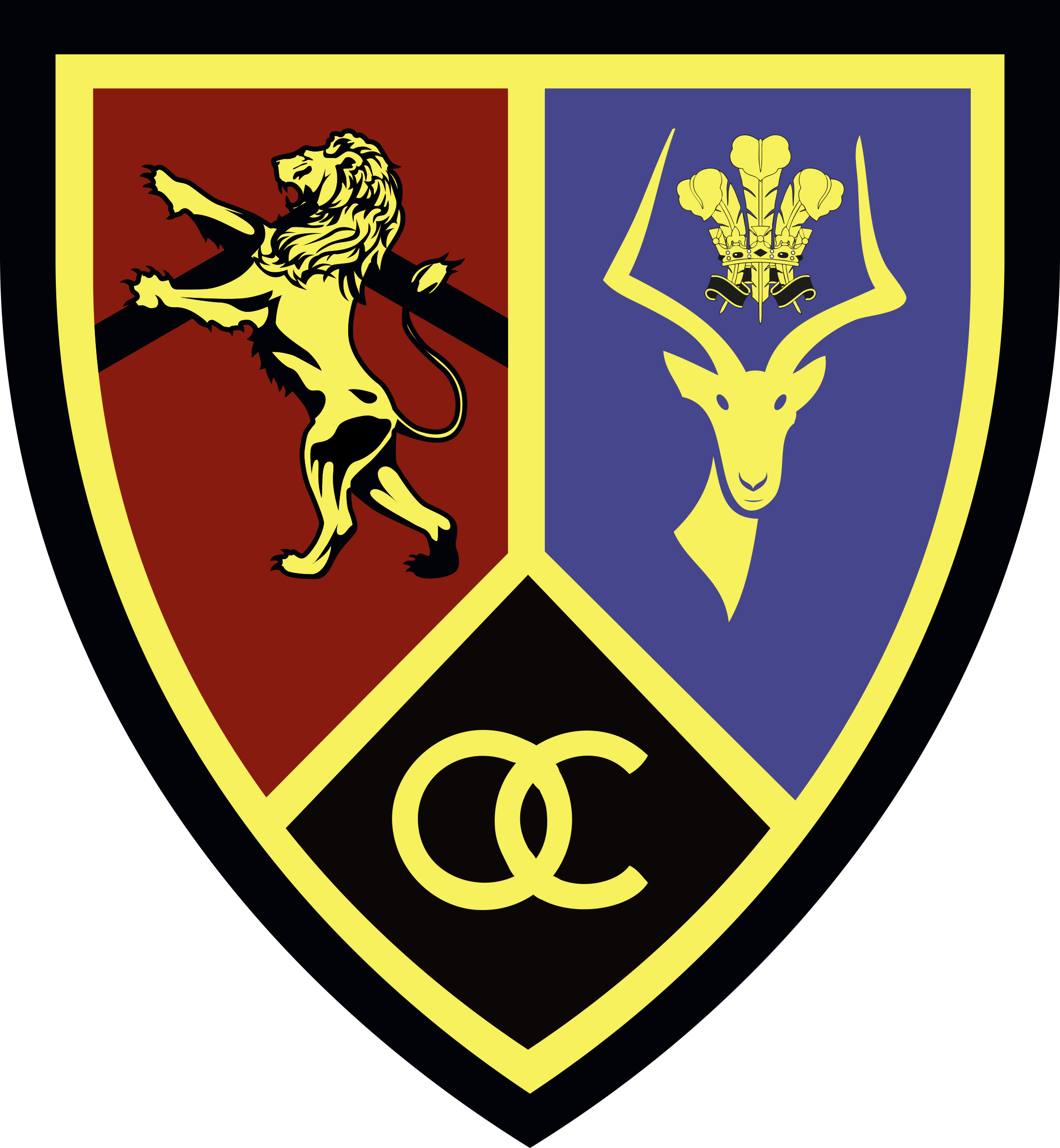About Us
Our Story
The Old Cambrian Society (OCS) was registered as an exempt society in 1952 to unite alumni of the Prince of Wales School, now Nairobi School. It fosters community through mentorship, social events, and giving back initiatives.
From its beginnings as a small fellowship, the OCS has evolved into a dynamic network of leaders committed to the school’s motto: “To the Uttermost.”
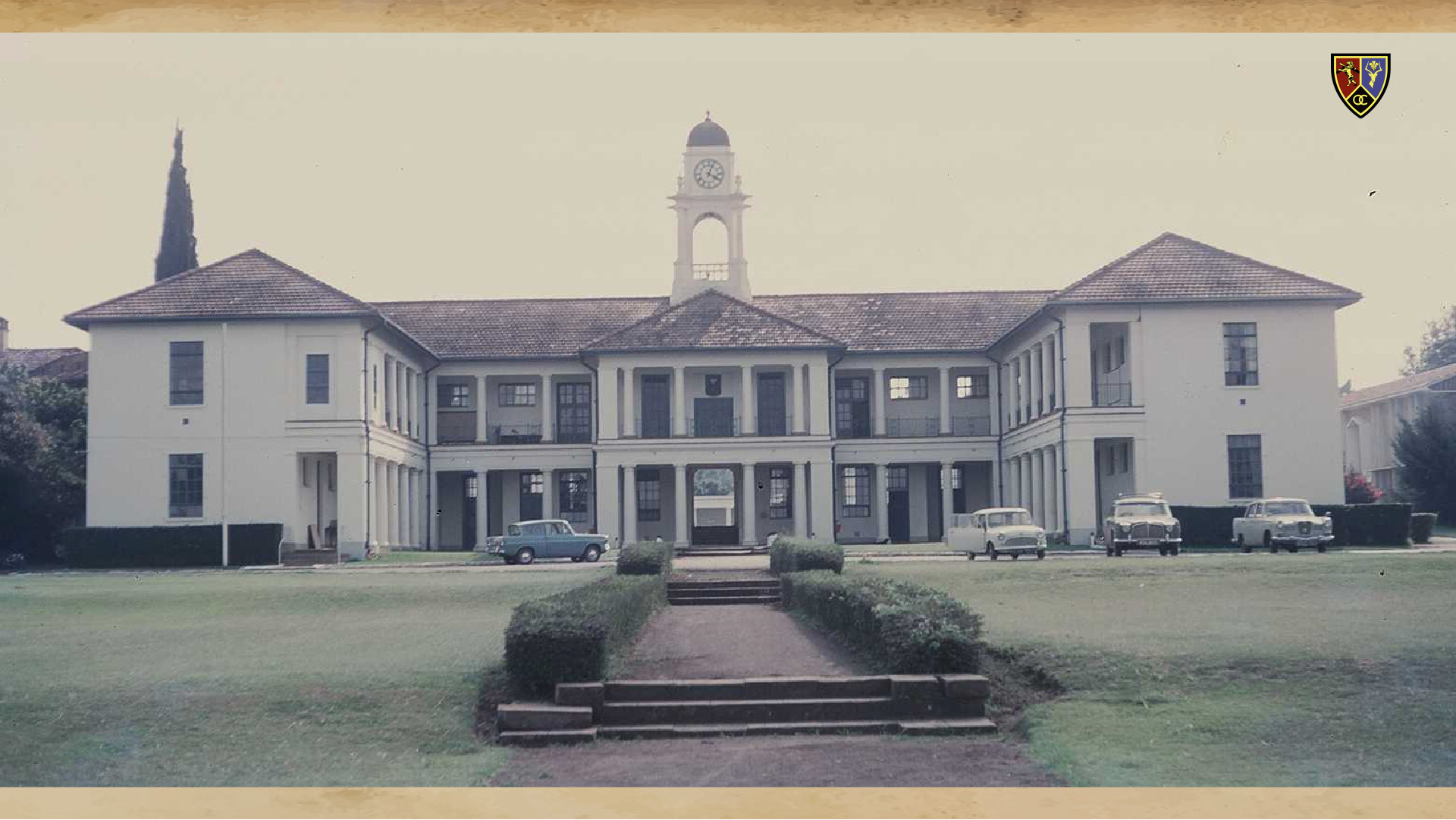
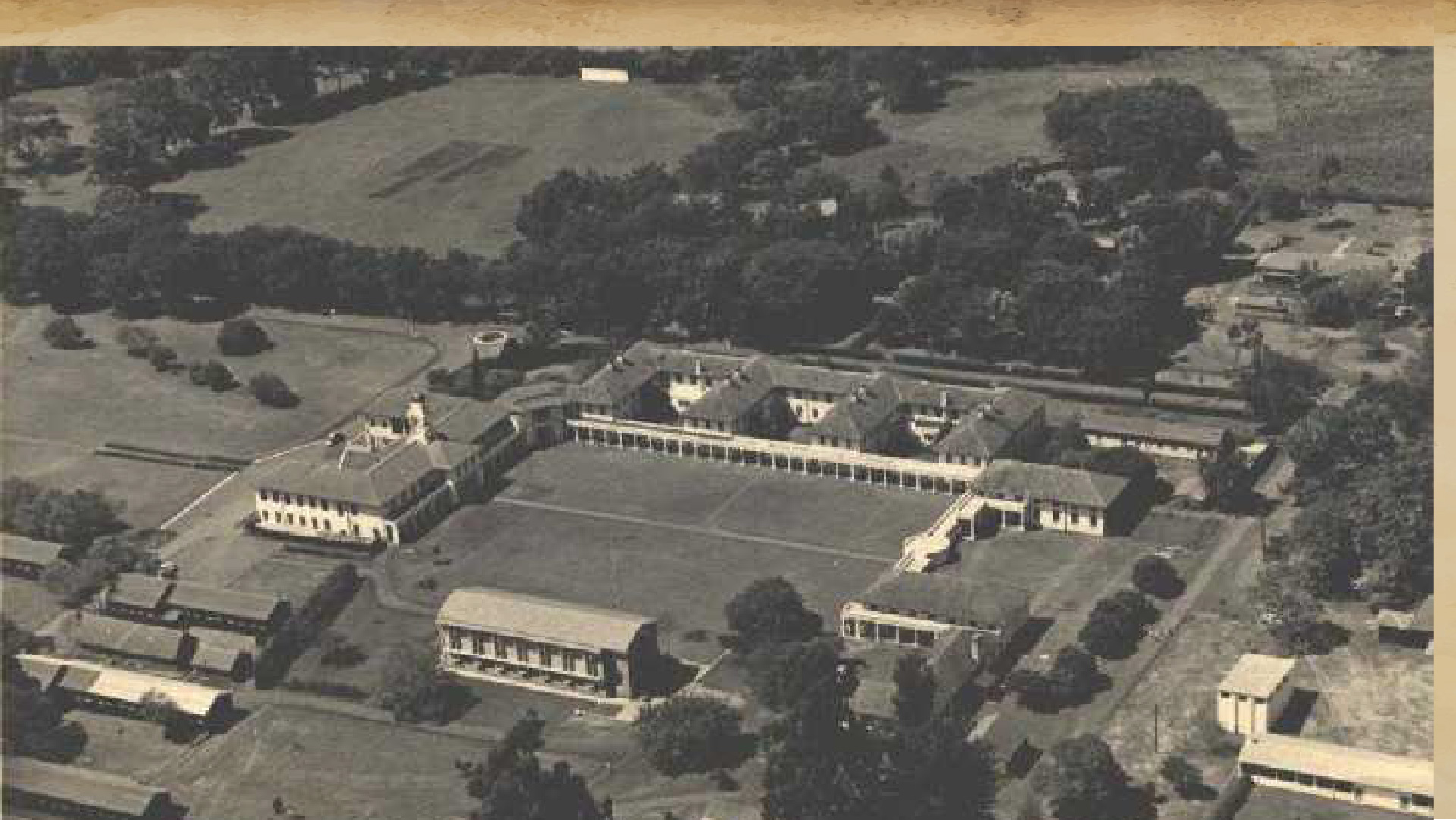
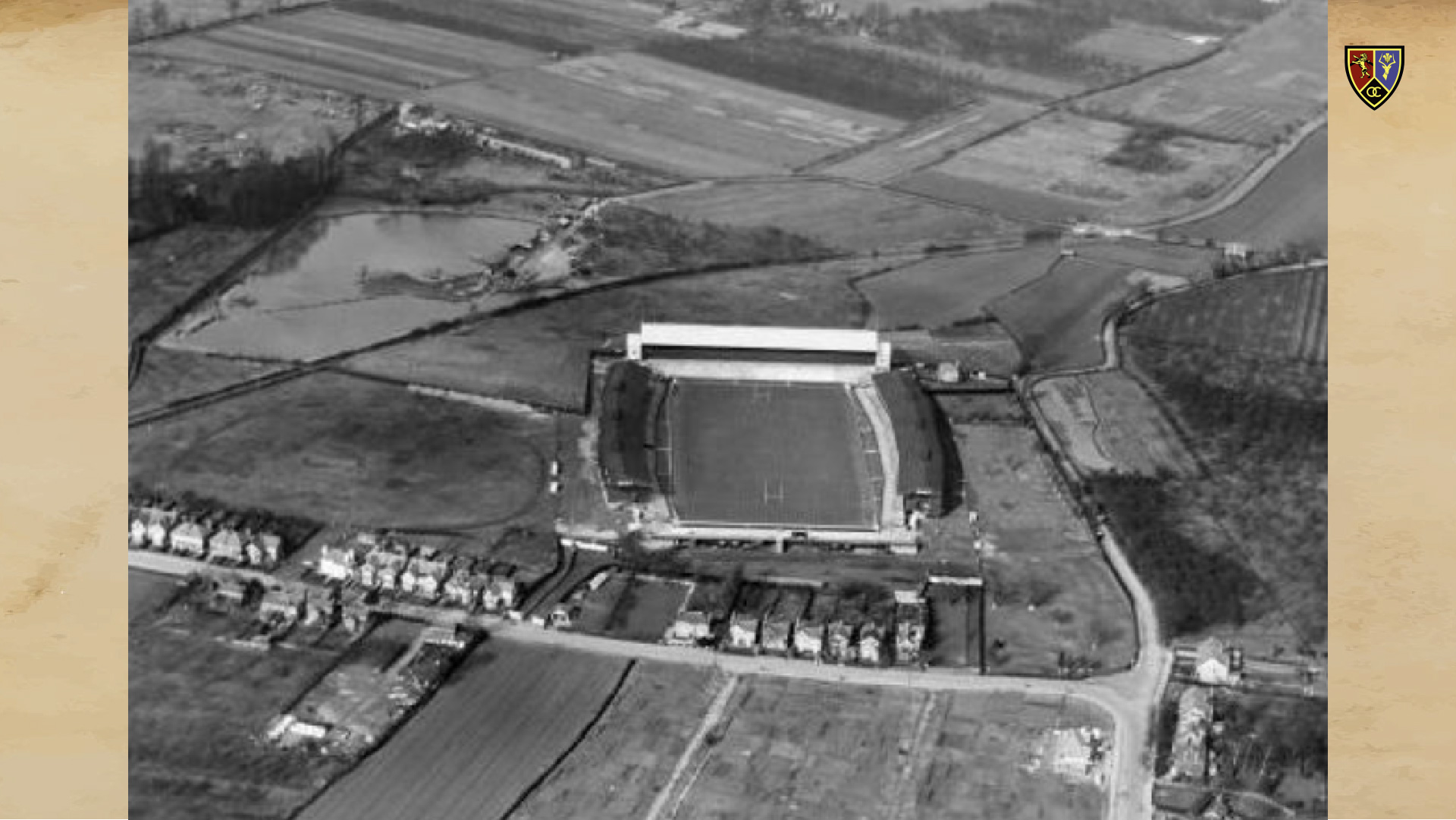
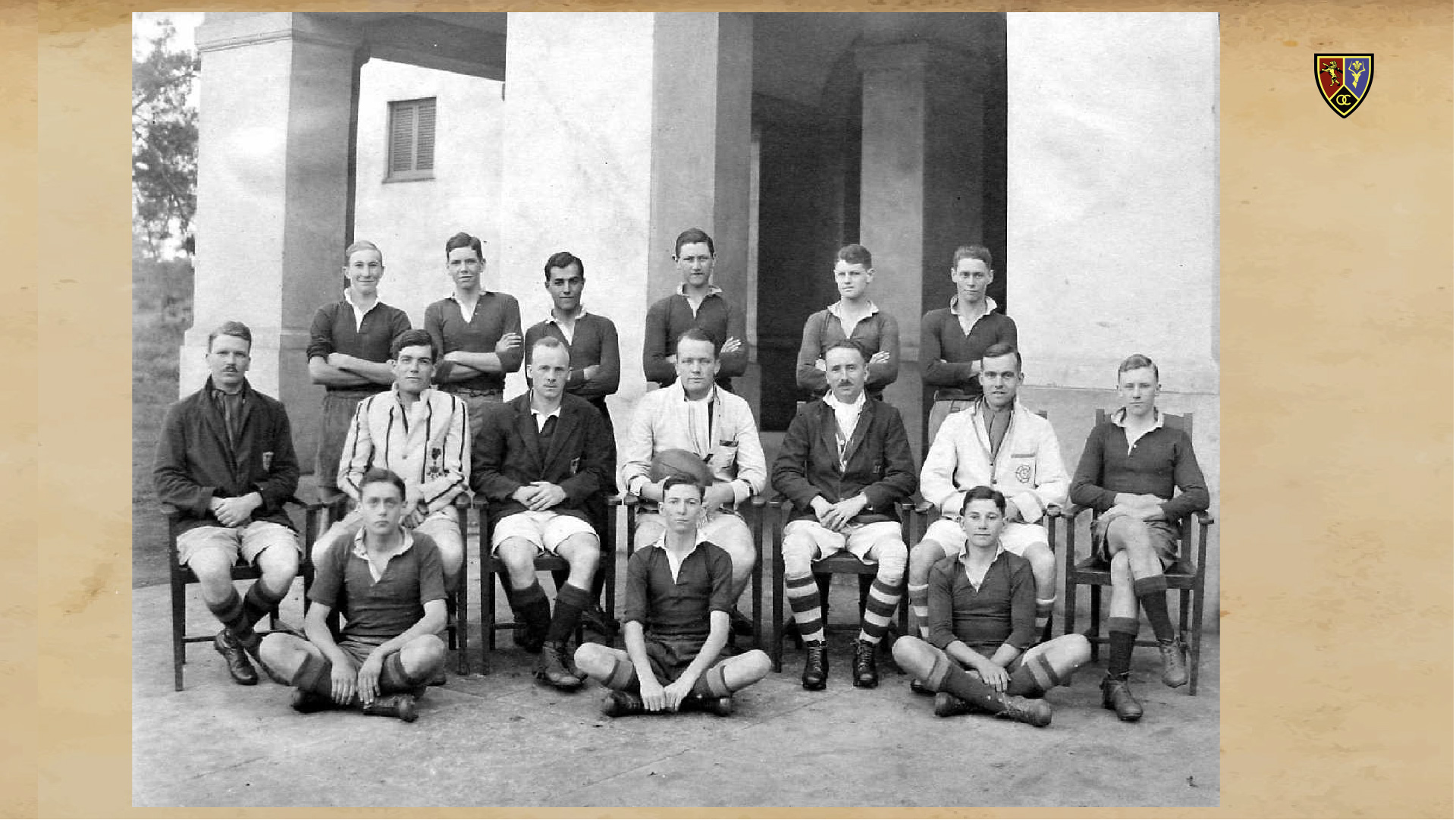
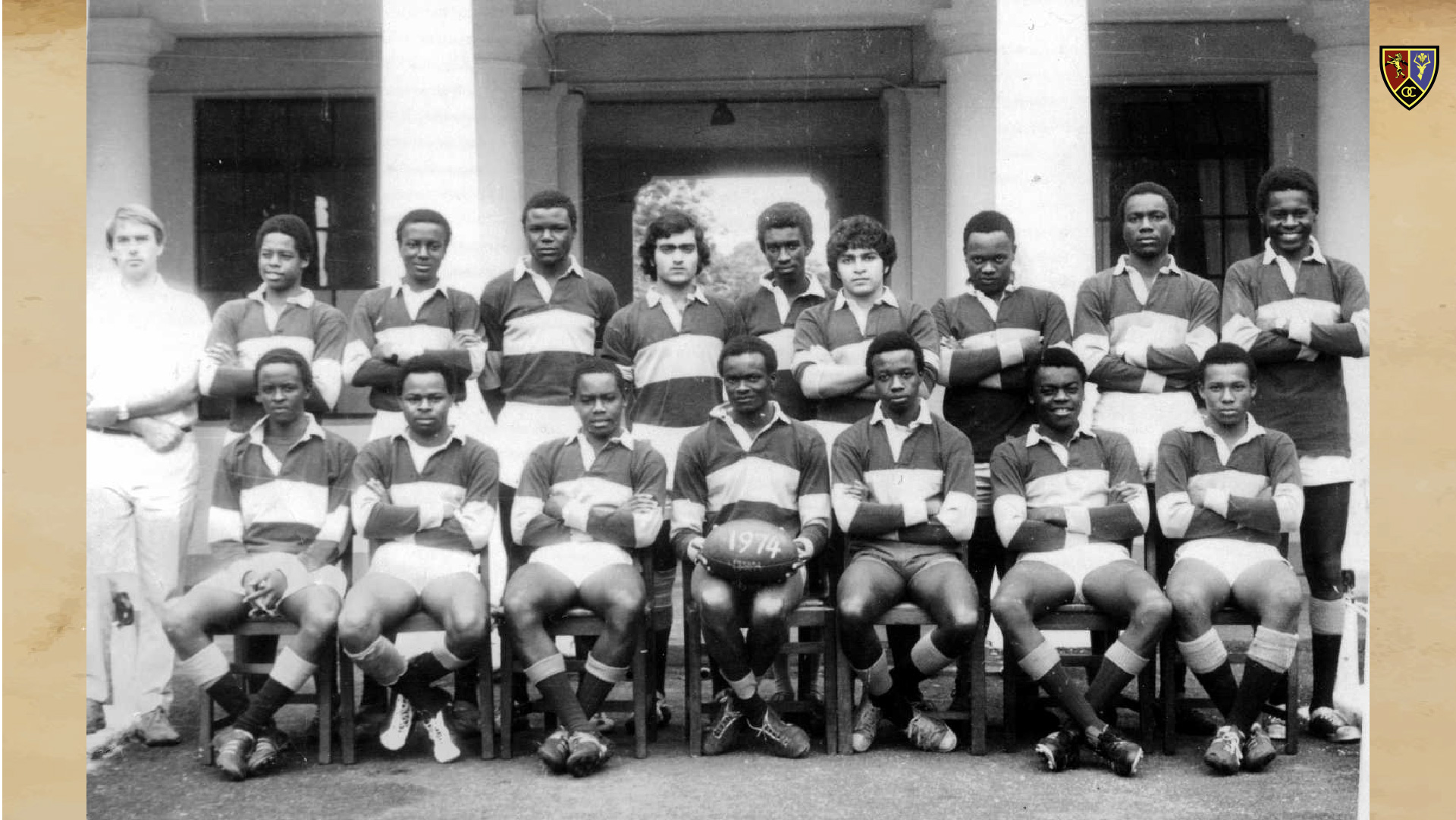
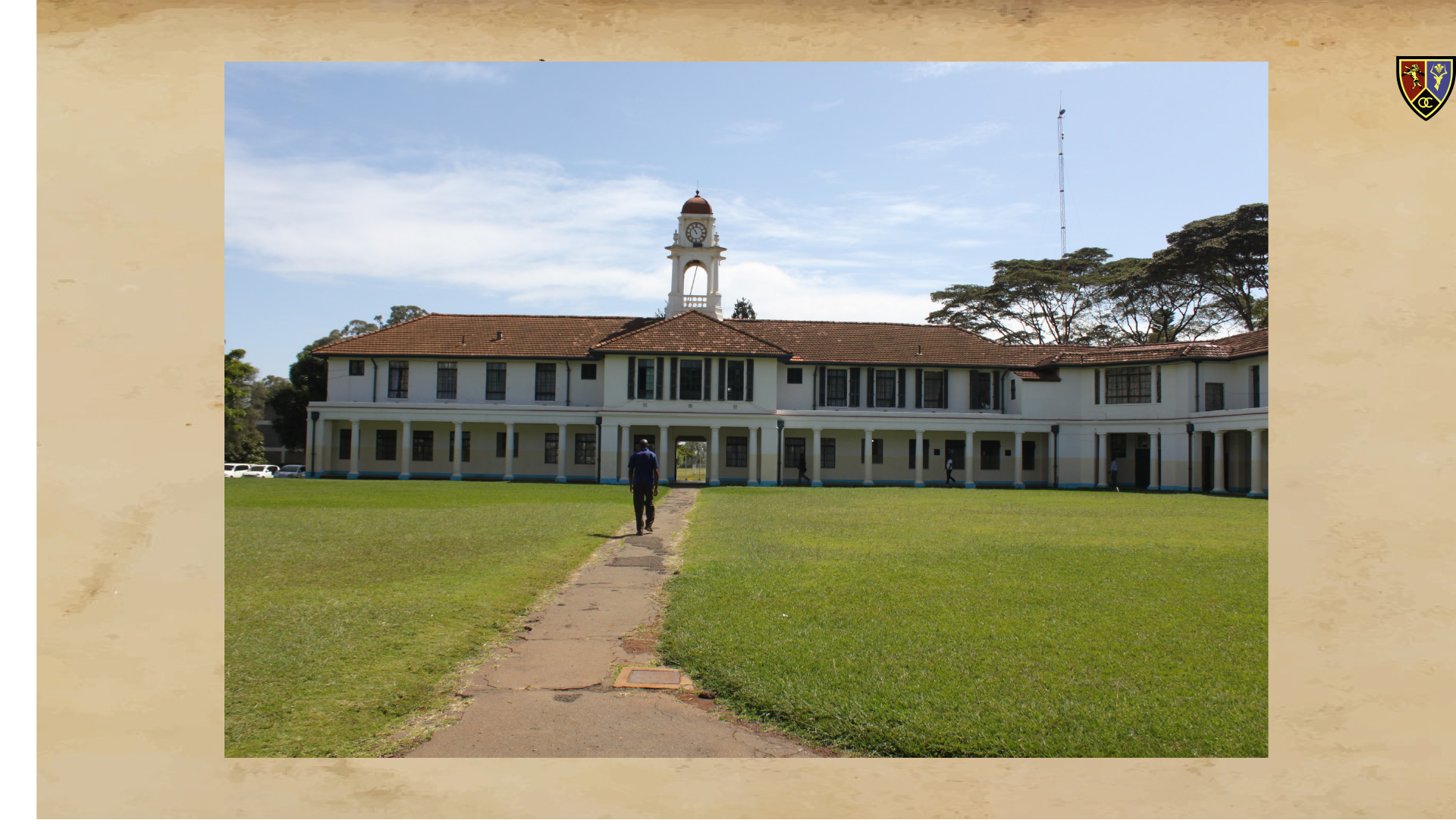
Nairobi School Timeline
A consolidated history from 1902 to the 2000s — animated, readable, and mobile-friendly.
Our Spirit & Objective
Camaraderie
OCS strengthens lifelong friendships among Nairobi School alumni through social, sporting, and mentoring events.
Mentorship
We connect alumni with current students, inspiring academic and extracurricular excellence.
Community Impact
OCS contributes to scholarships, facility improvements, and broader community service.
The Etymology of “Patch”
- Nairobi School is widely known by alumni and rivals as Patch.
- The nickname traces to the 1930s and reflects both the land’s history and rugby culture.
- The campus fields were converted from farmland and market gardens used to grow cabbages for early Nairobi.
- The grounds were jokingly called The Cabbage Patch, which shortened over time to Patch.
- Twickenham Stadium in England was also built on a market garden and nicknamed The Cabbage Patch.
- Nairobi School boys borrowed the Twickenham reference for their own rugby fields and identity.
- By the 1930s and 1940s the school was a cradle of schoolboy rugby in Kenya.
- Reports and memoirs commonly referred to matches played at the Patch.
- The name carried humour about humble fields and pride in a rugby tradition linked to Twickenham.
- The nickname was firmly established by the late 1940s and persisted through the 1950s and 1960s.
- In the 1970s alumni culture linked Patch with Clarence Carter’s single Patches and Lenana’s Changes.
- The Patch identity remains a unifying label across generations of Old Cambrians.
The Houses of Nairobi School

Athi House (formerly Rhodes)
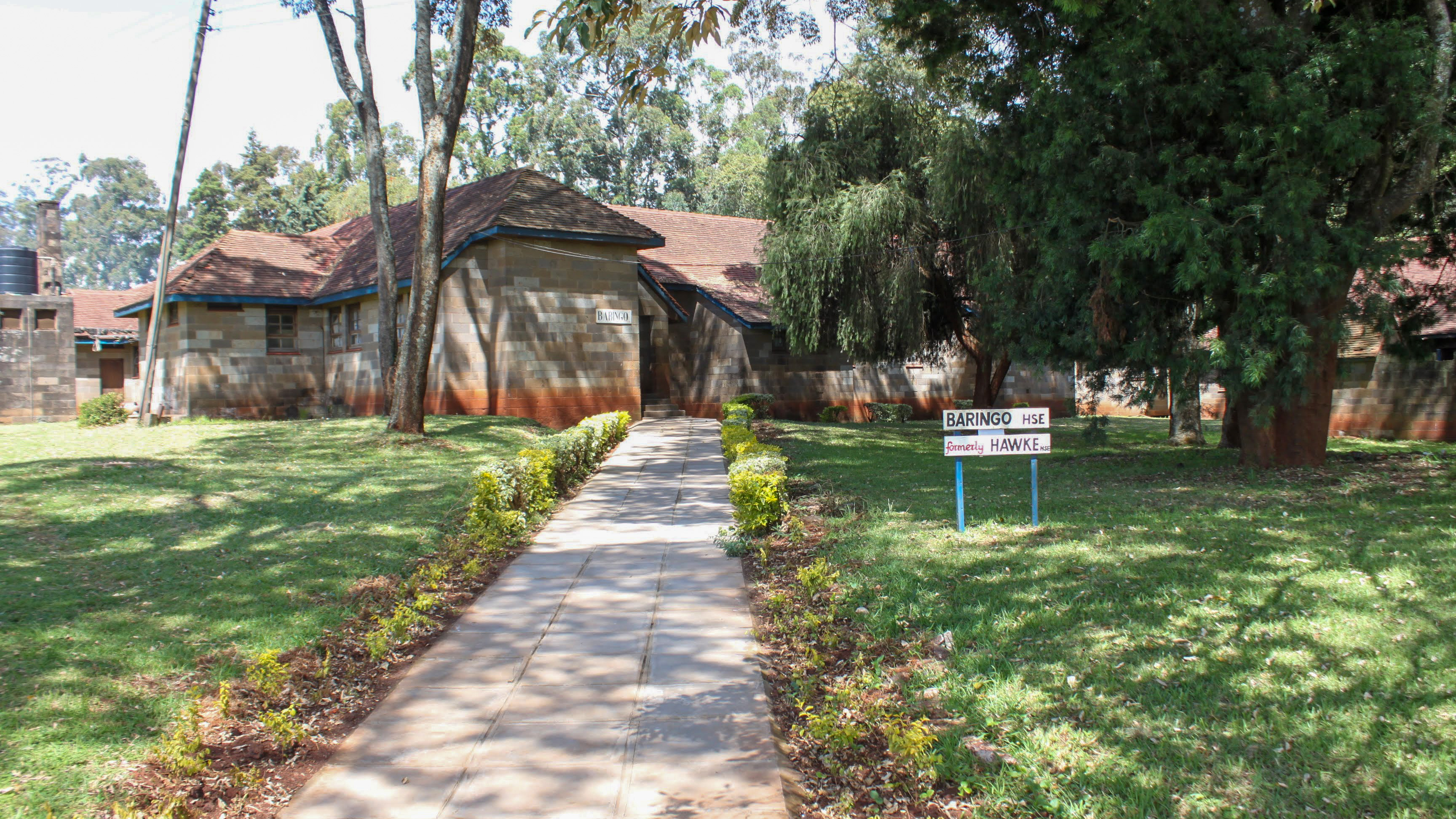
Baringo House (formerly Hawke)
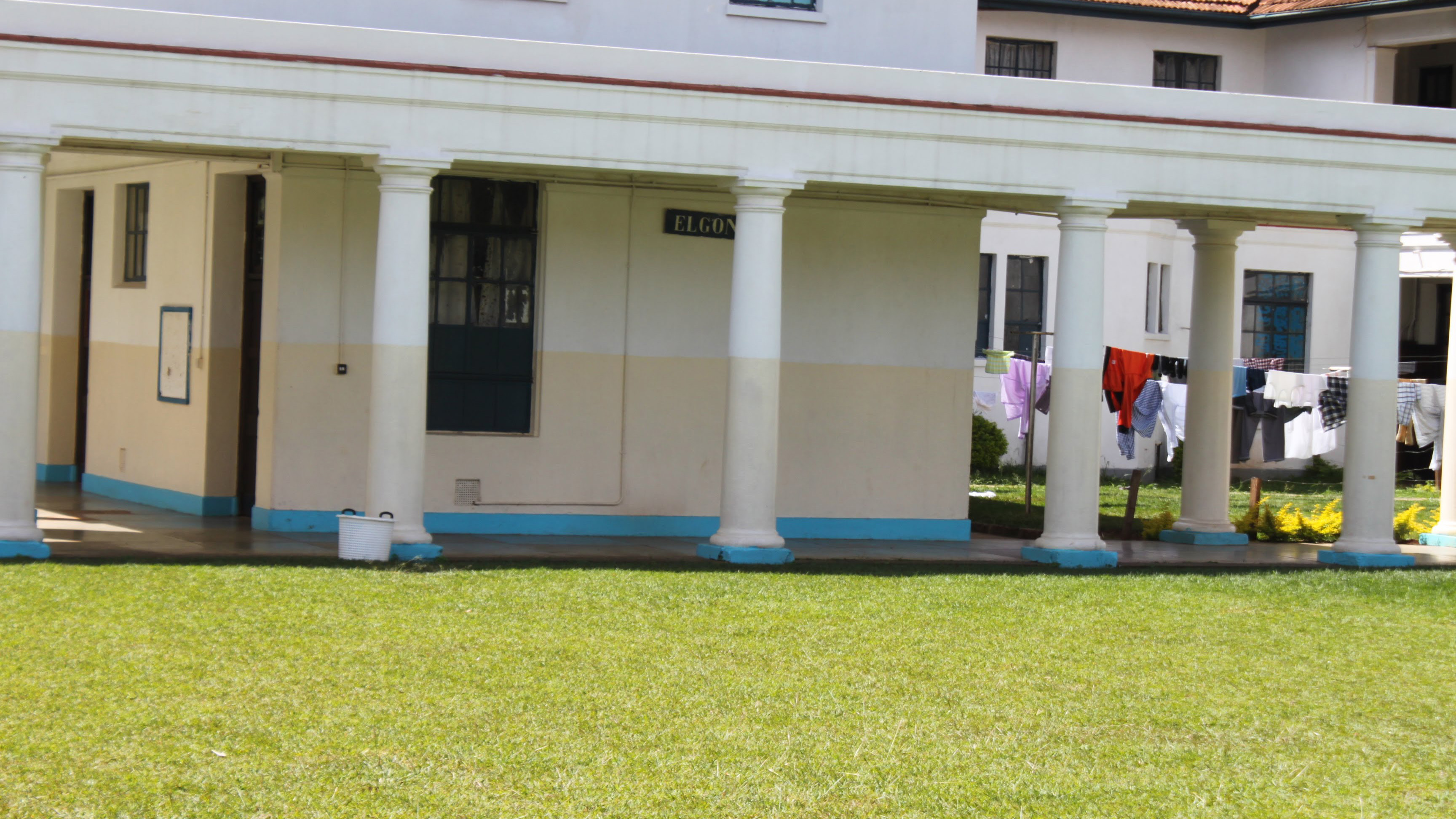
Elgon House (formerly Clive)
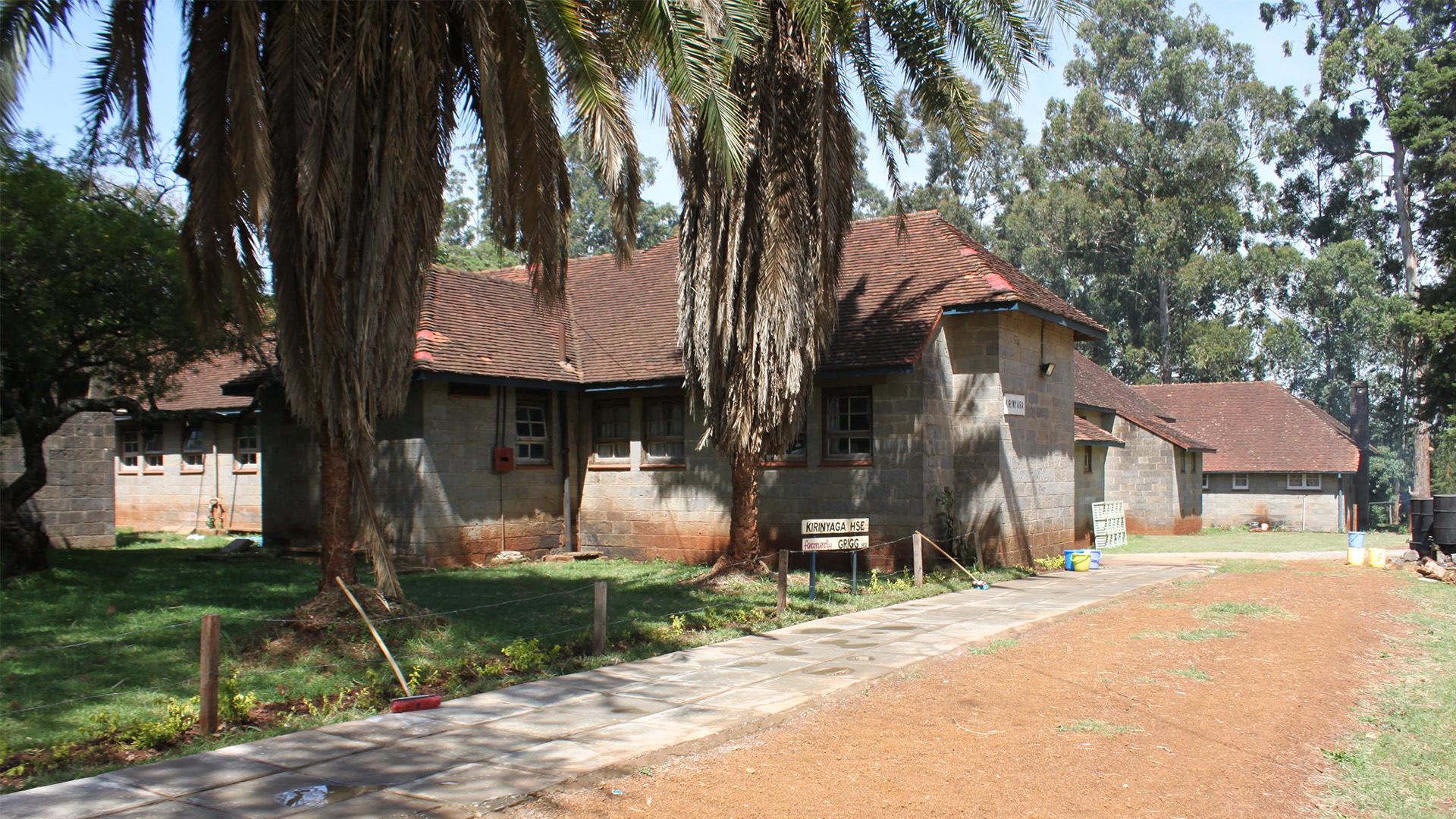
Kirinyaga House (formerly Grigg)
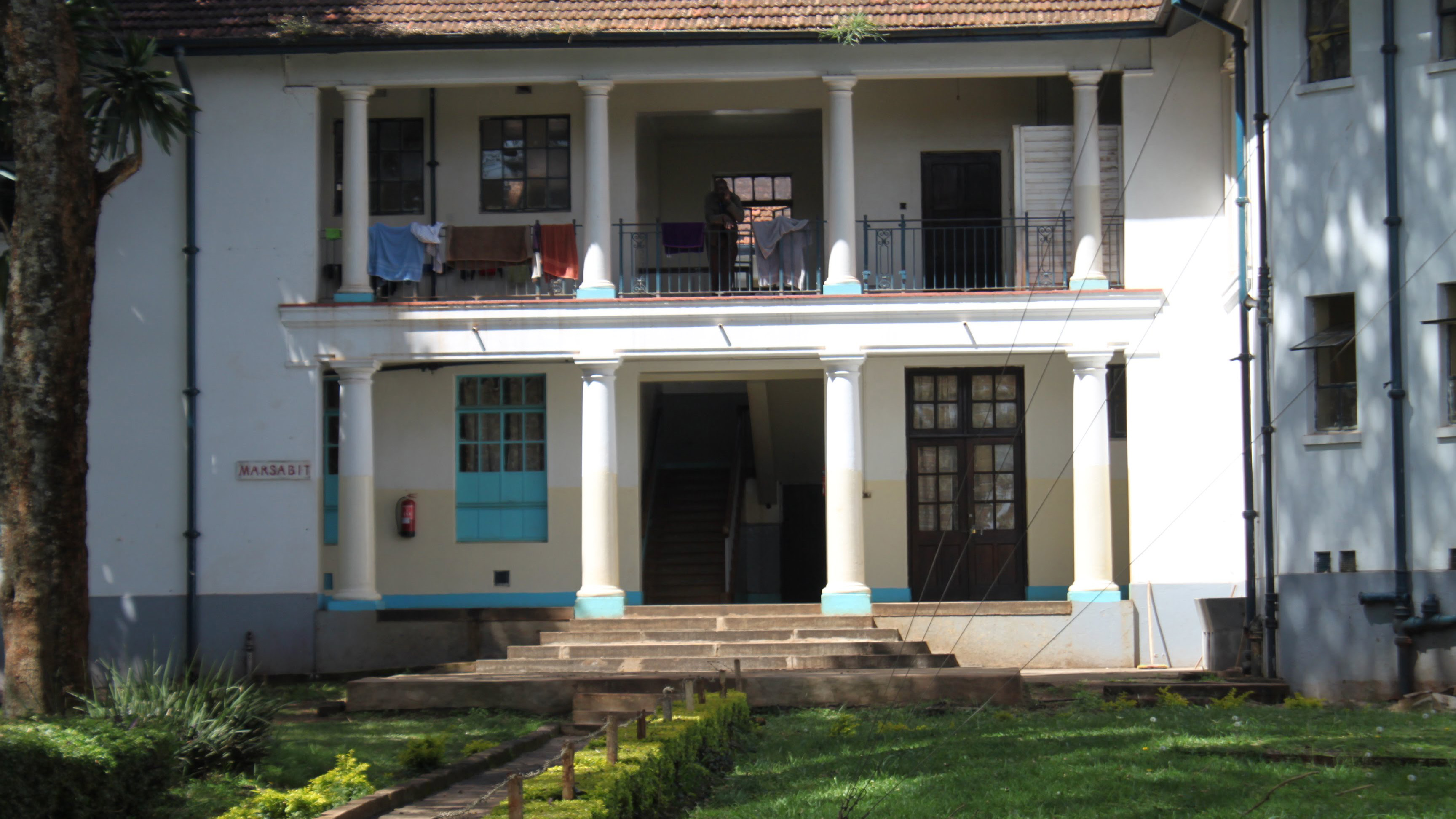
Marsabit House (formerly Scott)
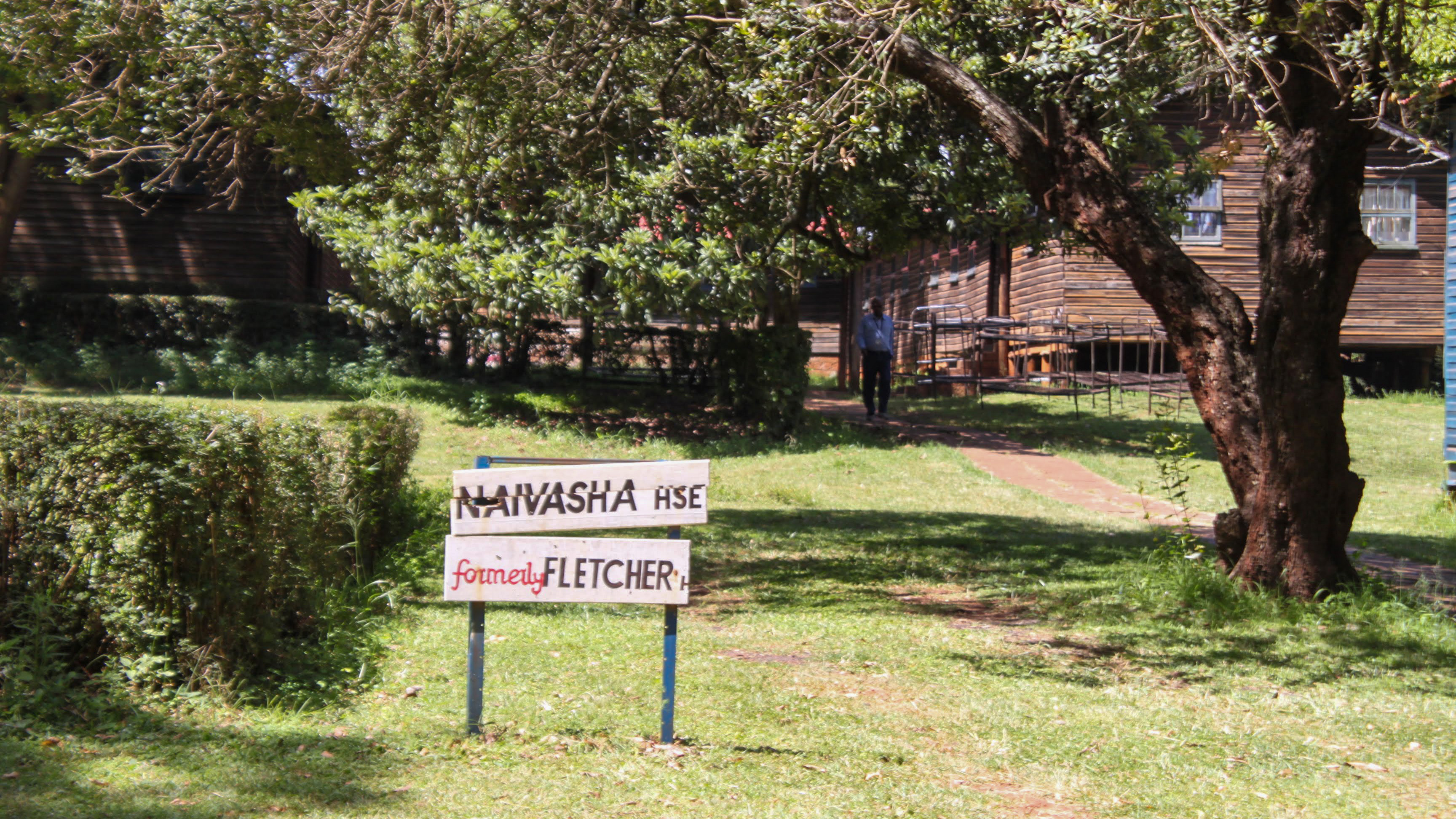
Naivasha House

Serengeti House (formerly Nicholson)

Tana House (formerly Fletcher)

New House
School Motto, Anthem & Crest

School Motto: To the Uttermost
School Anthem: Patch Kipenzi Changu
Patchi Kipenzi changu,
(My dear Patch,)
Mimi nimeapa milele na milele nitakufa na wewe,
(I have sworn, forever and ever, I will die with you,)
Patchi Kipenzi hakuna mwengine kama wewe,
(Dear Patch, there is no one else like you,)
Patchi Kipenzi hakuna mwengine kama wewe.
(Dear Patch, there is no one else like you.)
School Hymn: Trust and Obey
When we walk with the Lord in the light of His Word, what a glory He sheds on our way; while we do His good will, He abides with us still, and with all who will trust and obey.
“Trust and obey, for there’s no other way
to be happy in Jesus, but to trust and obey.”
Not a shadow can rise, not a cloud in the skies, but His smile quickly drives it away; not a doubt or a fear, not a sigh or a tear, can abide while we trust and obey.
Not a burden we bear, not a sorrow we share, but our toil He doth richly repay; not a grief or a loss, not a frown or a cross, but is blest if we trust and obey.
But we never can prove the delights of His love, until all on the altar we lay; for the favor He shows, and the joy He bestows, are for them who will trust and obey.
Then in fellowship sweet we will sit at His feet, or we’ll walk by His side in the way; what He says we will do, where He sends, we will go, never fear, only trust and obey.
